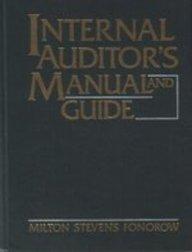Question
A Roth IRA enables an individual to invest after-tax dollars during the accumulation phase of a retirement plan. The money is then income tax free
A Roth IRA enables an individual to invest after-tax dollars during the accumulation phase of a retirement plan. The money is then income tax free when it is withdrawn during retirement. A tax-deductible IRA, on the other hand, provides an upfront tax deduction for the annual contribution, but it then requires income taxes to be paid on all future distributions. A basic assumption as to which plan is more beneficial concerns the current income tax rates versus their projected rates in the future. To illustrate, suppose that $1,000 is available to invest at the end of each year for20 years. The income tax rate now and into the foreseeable future is 31%,so $1,000(10.31)=$690 is invested annually into the Roth IRA. However, $1,000 per year can be invested into a tax-deductible IRA. Money invested under either plan will be deposited into a mutual fund earning 66% per year, and all accumulated money will be withdrawn as a lumpsum at the end of year 20.
a. Which plan is better if future distributions of the traditional (tax-free) IRA are taxed at an income tax rate of
31%?
b. Which plan is better if the future income tax rate at retirement (end of year 2020) is 35%?
Step by Step Solution
There are 3 Steps involved in it
Step: 1

Get Instant Access to Expert-Tailored Solutions
See step-by-step solutions with expert insights and AI powered tools for academic success
Step: 2

Step: 3

Ace Your Homework with AI
Get the answers you need in no time with our AI-driven, step-by-step assistance
Get Started


